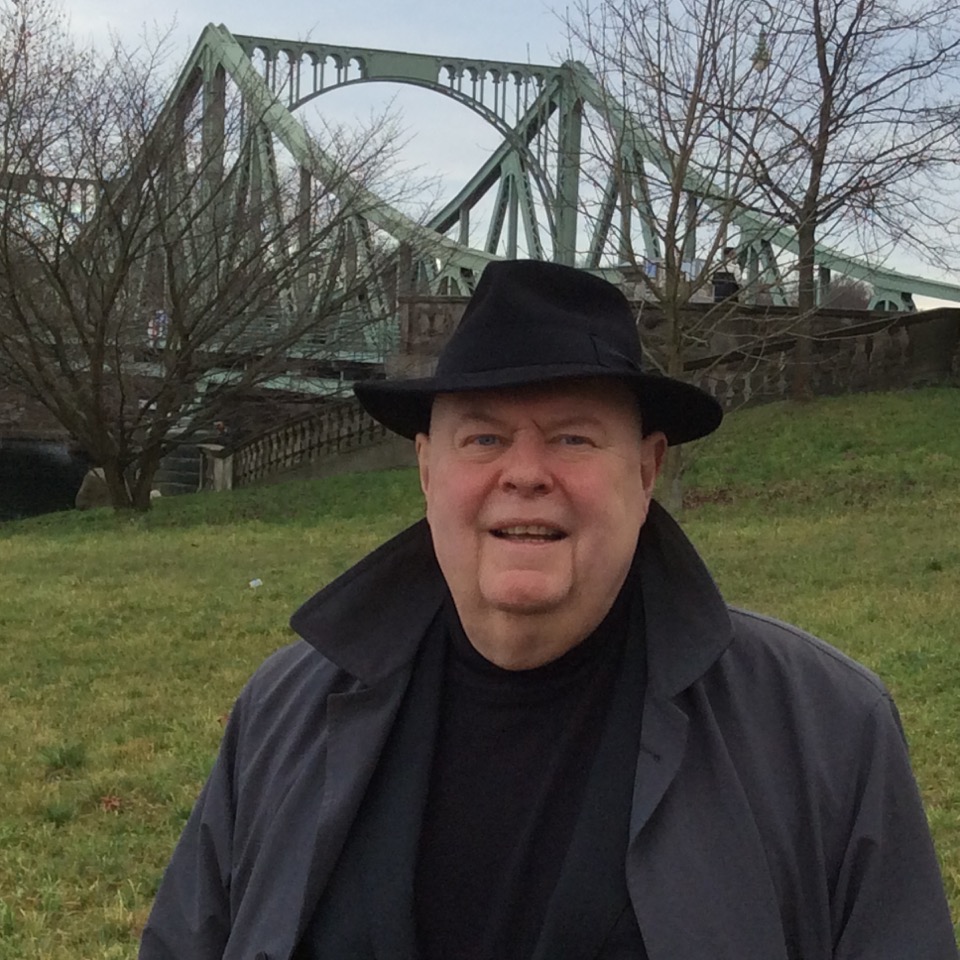People
How I overcame fear of failure at the Bridge of Spies
Tuesday 26 January 2016
 Thirty years ago, divided Germany experienced an icy February. For 20 consecutive days the temperatures were far below zero. And with the recent deployment of medium range missiles from both sides of the Iron Curtain, the atmosphere between East and West was chilly, too.
Thirty years ago, divided Germany experienced an icy February. For 20 consecutive days the temperatures were far below zero. And with the recent deployment of medium range missiles from both sides of the Iron Curtain, the atmosphere between East and West was chilly, too.
But on 11 February 1986 at the Glienicke Bridge between Berlin and Potsdam there were the first signs of thaw. Soviet dissident Anatoly Charansky (now Nathan Sharansky) was being handed over to US ambassador Richard Burt after more than six years in prison and labour camp. East and West would exchange several spies as well.
It was the third exchange of prisoners at the “bridge of spies”. But for the first time the international public was allowed to watch, an early sign of Mikhail Gorbachev’s policy of perestroika (openness).
I was among the hundreds of journalists who covered the event. As a new Reuters correspondent in West Berlin, I was quite nervous. My boss Annette von Broecker had set high standards in 1962 by providing the news agency with a scoop during the first Glienicke exchange of spies: At that time the US had handed over the Soviet master spy Rudolf Abel while the Russians released US pilot Francis Gary Powers, whose U2 spy plane was shot down by Soviet missiles. (Steven Spielberg tells their story in his recently released movie Bridge of Spies.)
Two decades later, I was anxious about living up to my boss’s precedent. But my other concern was more practical: communication. How were we going to transmit our stories and pictures? Cell phones had yet to be invented. And the existing radio phones were expensive and so heavy that they could be used as a weight for professional athletes. There were only two telephone booths at the bridge. And one could imagine the chaos that would have happened when hundreds of reporters were battling for two telephone booths.
But then, in the middle of nowhere I spotted a big grey box on the sidewalk: it was the breaking box of the German postal service, which was in charge of telecommunication at the time. Seeing this box gave me an idea.
And indeed, it was possible. Two or three hours later the postal service installed several lines and telephones for the camping van I had hired for the occasion. We were ready. We would be able to transmit the event as it unfolded. Charansky could come.
We had a small shock the night before the exchange when police ordered the media to removing their camping vans. What about our newly-gained telephones? Could we leave them alone in the cold? We could. “The only thing they can’t take is humidity”, a postal technician told us. So we wrapped the telephones in several towels and left them outside in the cold, guarded by the police.
When we showed up the next morning in icy cold but bright sunshine, the telephones worked properly. Shortly afterwards East Germany’s representative for humanitarian affairs Wolfgang Vogel arrived at the bridge in his golden Mercedes limousine, followed by US ambassador Burt who was driven in an old-fashioned car.
I phoned the news to the editorial desk in Bonn. I felt secure and had no more fears of failure. “The television just read out your story that Charansky was handed over to Burt. Congrats!” my colleague in Bonn said. I was proud to be a Reuters journalist.
PHOTO: The reporter who was sent into the cold. Former Reuters correspondent Volker Warkentin in front of the Bridge of Spies between Berlin and Potsdam. Photo by Tamra Trautner. ■
- « Previous
- Next »
- 292 of 574